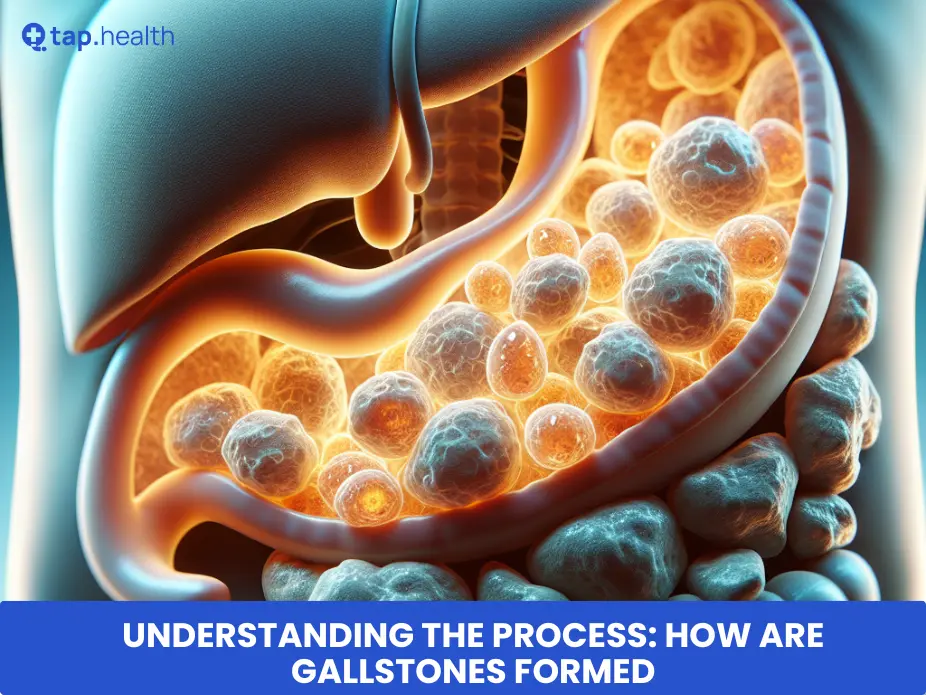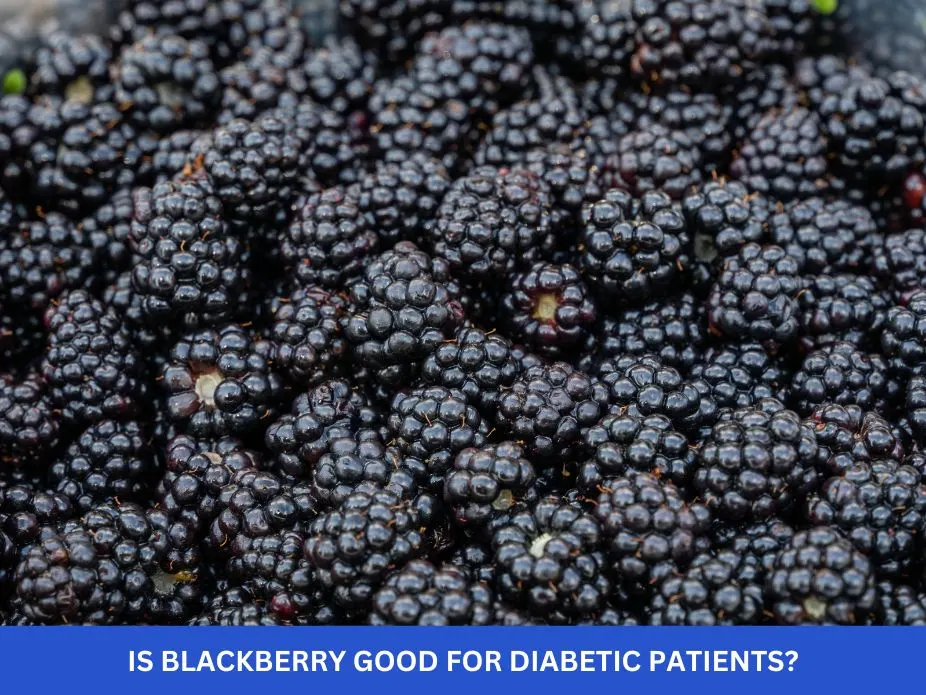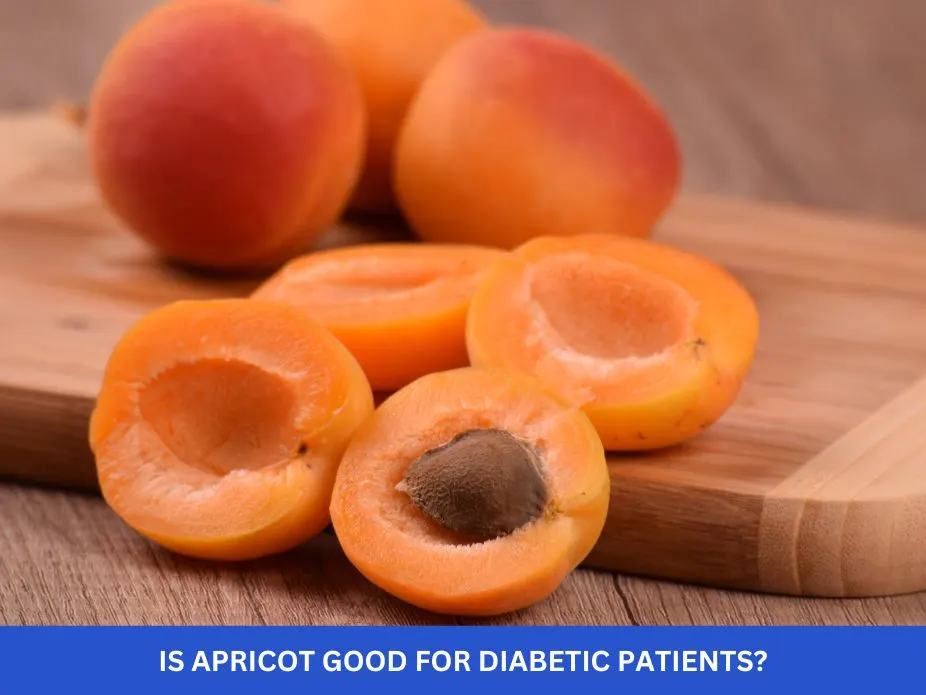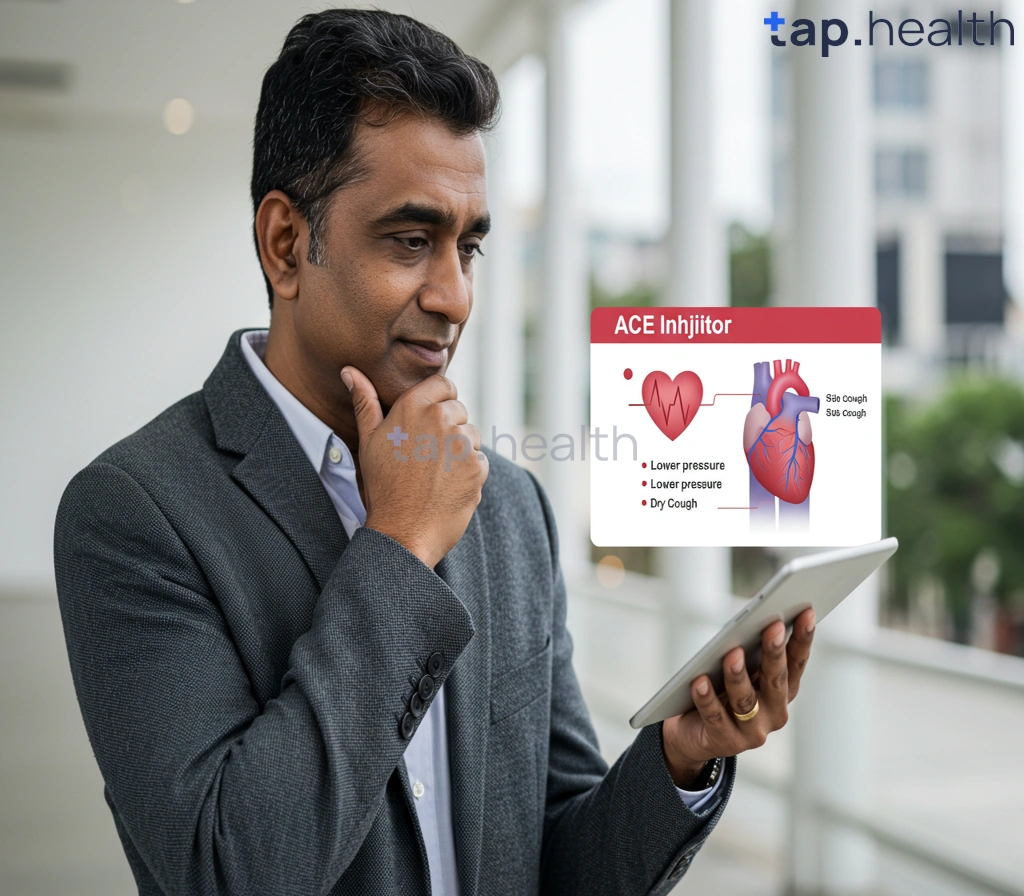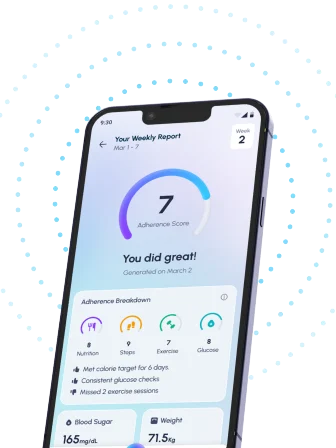Gallstones come about through a tricky process that’s affected by different things. It’s really important to get how gallstones form if we want to keep on top of any problems they might cause. Stuff like the amount of cholesterol in your body, what your bile is made up of, and whether you’re dealing with inflammation all have big roles in making gallstones happen. By spotting early signs and knowing what ups your risk, you can do stuff to help keep your gallbladder happy. Let’s dive into the complex world of gallstone formation together so we can understand better how it affects our health and ways to avoid complications.
What are Gallstones
Gallstones are hard bits that form in your gallbladder when the stuff that makes up bile isn’t balanced right. Most of these stones come from too much cholesterol, which is why they’re often called cholesterol stones. To really get what causes gallstones, you need to know about things like cholesterol and bilirubin, and how certain situations like losing weight quickly or having high levels of cholesterol can play a part. It’s super important to catch on to any signs of gallstones because if you ignore them, they might cause a lot of pain or other serious problems down the line. Being aware early on helps a lot in dealing with anything related to gallstones.
Definition and Types of Gallstones
In the gallbladder, there are these solid bits called gallstones that come in two kinds: cholesterol stones and pigment stones. The ones we call cholesterol stones mainly have hardened cholesterol in them. On the other hand, pigment stones are put together from bilirubin and calcium salts. Pigment stones aren’t as common as their counterparts and they can be either brown or black in color. Getting to know what these gallstones are made of is really important if doctors want to figure out how to treat them right.
The Composition of Gallstones
Gallstones can be made up of cholesterol or pigment. The ones that come from cholesterol are the most common and happen when there’s too much cholesterol or not enough bile salts to keep it dissolved. On the flip side, pigment stones are made from bilirubin and usually show up in people with liver disease or infections in their bile ducts. Knowing what gallstones are made of is really important for figuring out how to treat them best.
The Formation Process of Gallstones
Gallstones happen when the mix of stuff in bile isn’t right, which makes crystals form. Cholesterol stones come about because there’s either too much cholesterol or not enough bile salts hanging around in the bile. On another note, pigment stones are made when there’s a lot of bilirubin floating around. These tiny crystals can start off as small as a grain of sand and grow to be big like a golf ball over time, causing blockages that lead to problems related to gallstones.
Role of Cholesterol and Bilirubin
When it comes to gallstones, two main things are at play: cholesterol and bilirubin. If your bile has too much cholesterol, you end up with what we call cholesterol stones because the excess crystallizes into these hard bits. On the other hand, bilirubin is something that comes from breaking down red blood cells. When there’s a lot of it around, you get pigment stones. Getting how these substances work helps us figure out why different kinds of gallstones form. The amount of cholesterol and bilirubin in your bile really matters when it comes to what kind of gallstone might develop.
Factors Contributing to Gallstone Formation
Gallstones can form for many reasons, like when someone loses weight quickly or if they’re overweight. High cholesterol is another reason why these stones might appear. On top of that, certain health issues such as sickle cell anaemia and cirrhosis have a hand in it too. It’s also seen more often in some groups of people, especially Native Americans. Taking medications with estragon, including birth control pills, could increase the risk as well. When there’s not enough bile salts or there’s too much bilirubin in your system, gallstones are likely to develop. Knowing all this helps a lot when you want to keep gallstones at bay or manage them if they’ve already formed.
Recognizing the Symptoms of Gallstones
If you’re feeling really bad pain in your upper belly and back, especially after eating, it might mean there’s a problem with gallstones. Feeling sick to your stomach, throwing up, and turning yellow (jaundice) are common signs that something could be wrong because of gallstones. Keep an eye out for constant upset stomachs and feeling bloated a lot. If greasy food doesn’t sit well with you anymore, this could also hint at issues with your gallbladder. When there’s sudden sharp pain in your belly that won’t go away for more than 15 minutes right under the rib on the right side, it might be what they call a gallbladder attack.
Common Symptoms and Warning Signs
Gallstone symptoms can show up in different ways, like really bad pain in your upper belly area, back, or near your right shoulder. You might also feel sick to your stomach, throw up a lot, and even turn a bit yellowish (that’s jaundice). After you eat something greasy or fatty, these problems could get worse. Keep an eye out for signs like feeling super full all the time, having gas more than usual or not being able to handle certain foods well after eating too much. If these issues don’t go away or start getting really bad over time it’s important to talk to a doctor because gallstones can lead to some serious health troubles if they’re not taken care of.
When to Seek Medical Attention
If you’re feeling really bad pain in the top part of your belly that doesn’t go away after 15 minutes and you start to feel sick, throw up, get a fever, or turn yellow (jaundice), it’s important to get help from a doctor right away. These signs could mean there’s something wrong with your gallbladder like swelling, an infection, or something blocking the flow of bile. On top of that if you’ve had problems with gallstones before and now you’re feeling dizzy, passing out for no reason or losing weight without trying; it’s time to talk to someone who knows about health stuff.
Risk Factors for Gallstone Development
When it comes to gallstone formation, several things can increase your chances of getting them. Being overweight or losing weight too quickly are big factors. If you’re Native American, that also ups the risk. High cholesterol levels don’t help either, and if you’re pregnant or using birth control pills, watch out because they contribute as well. Having family members with gallstones or liver disease means you might be more likely to get them too. Certain health issues like sickle cell anemia and cirrhosis make a difference in your risk level as well. Lastly, being over 40 and female adds to the list of risks for developing gallstones. Knowing all this is key in keeping an eye on your health and trying to prevent these pesky stones from forming.
Dietary Factors and Lifestyle Influences
To get the hang of why gallstones pop up, we should look at what we eat and how we live. Eating lots of foods high in cholesterol can bump up the cholesterol in our bile, which might lead to cholesterol gallstones. If someone loses weight really quickly, like through certain weight loss surgeries, that could also cause gallstone formation. On top of that, being overweight and not moving much can increase your chances of getting gallstones. Making sure you eat a diet full of fiber and keeping active are good ways to stop gallstones from forming. Changing how you live is super important for stopping these stones and keeping your digestion running smoothly.
Genetic Predisposition and Other Conditions
Some people are more likely to get gallstones because of their genes, making them naturally more at risk. With conditions like sickle cell anemia and cirrhosis, this risk goes up even further. Also, certain groups of people, such as Native Americans, have a higher chance of facing gallstone issues. It’s really important to know about these genetic links and health problems when figuring out if someone might get gallstones. On top of that, being overweight or having high levels of estrogen can make it even more probable for someone to develop gallstones.
Diagnosing Gallstones
To figure out if someone has gallstones, doctors usually use imaging tests like an ultrasound or CT scans. These help them see the gallbladder and check for stones. With blood tests, they can look for high levels of bilirubin which might mean there’s a blockage somewhere. Another test called a HIDA scan checks how well the gallbladder is working and how bile is moving through it. Sometimes, they might do an ERCP to get a better look at the bile ducts and fix any blockages right away. By using all these methods together, medical professionals can really pinpoint if gallstones are present and understand what kind they’re dealing with.
Modern Diagnostic Techniques
Gallstones can be diagnosed using various modern diagnostic techniques. The most common method is ultrasound imaging, which uses sound waves to create images of the inside of the body. Ultrasound can help determine the size, number, and location of gallstones. Blood tests can also be conducted to check for signs of infection or blockage and rule out other conditions. Other imaging techniques, such as CT scans, magnetic resonance cholangiopancreatography (MRCP), and endoscopic retrograde cholangiopancreatography (ERCP), may be used to get a clearer picture of the gallbladder and bile ducts. A text table summarizing the different diagnostic techniques for gallstones is provided below:
| Diagnostic Technique | Description |
| Ultrasound | Uses sound waves to create images of the inside of the body, helping identify the size, number, and location of gallstones. |
| Blood tests | Checks for signs of infection or blockage, ruling out other conditions. |
| CT scan | Specialized X-rays that provide detailed images of the gallbladder. |
| MRCP | Uses a magnetic field and radio waves to create images of the liver and gallbladder. |
| ERCP | Involves passing a tube (endoscope) through the mouth to the small intestine, injecting dye to visualize the bile ducts on a camera. |
Understanding Your Diagnosis
When you find out you have gallstones, it’s because there are solid bits in your gallbladder. This small organ sits right under your liver and has the job of holding onto bile until it’s needed to help break down food. Gallstones can get in the way inside the bile ducts, causing pain and other problems. There are mainly two kinds of these stones: cholesterol stones and pigment stones. Cholesterol ones look yellow-green due to undissolved cholesterol making them up, while pigment ones appear brown or black thanks to a lot of bilirubin in them. These stones might be as tiny as a grain of sand or as big as a golf ball! Knowing exactly what type you’ve got is key for figuring out how best to treat them since each kind comes with its own set of issues when blocking things up inside.
Available Treatment Options
When it comes to dealing with gallstones, the treatment plan varies based on how bad your symptoms are and what your health looks like overall. The go-to solution is often getting rid of the gallbladder through a surgery called laparoscopic cholecystectomy. In this method, they take out the gallbladder by making tiny cuts in your belly area. For those not keen on surgery or when it’s not an option, there are other ways too. These include taking medicine that can make the stones dissolve or going for shock wave lithotripsy – this is where they use shock waves to break down the stones into smaller pieces so you can pass them more easily. Your doctor will figure out which route is best for you after considering all aspects of your situation.
Surgical Interventions
When people have gallstones, the most usual way doctors fix this is by doing a laparoscopic cholecystectomy. In simpler terms, they take out the gallbladder using tiny cuts in the belly area. They do this with the help of a special tool called a laparoscope, which is pretty much just a small tube that has both light and camera on it to let them see what’s going on inside and get rid of the gallbladder safely. This method isn’t as harsh as traditional surgery because it only needs small openings, meaning folks tend to heal quicker and hurt less after surgery. Now, if there are also stones stuck in those tubes carrying bile (that’s like digestive juice) from your liver or pancreas areas—those need dealing with too sometimes through another process known as ERCP before or along with taking out your gallbladder.
Non-Surgical Management
Sometimes, when surgery isn’t the right fit for someone with gallstones, there are other ways to handle it without going under the knife. For starters, doctors might suggest taking certain meds like Chenodiol and Ursodiol. These drugs have special stuff in them that can break down small cholesterol gallstones. But here’s the thing – you might need to keep taking these medications for quite a while, and even after you stop, those pesky stones could come back. On another note, there’s this technique called extracorporeal shock wave lithotripsy (ESWL) where they use shock waves to smash the gallstones into tiny pieces. It sounds pretty cool but it’s not something they do all the time; only in some cases where it makes sense. Generally speaking, these non-surgical methods are considered when cutting open isn’t really an option or doesn’t suit the patient’s needs.
Preventive Measures Against Gallstones
To lower the chances of getting gallstones, there are a few steps you can take. First off, eating healthy is key. You want to fill your plate with lots of fiber but not too much fat or cholesterol since that mix helps keep gallstones away. If you’re looking to lose some weight, make sure it’s a slow and steady journey because losing weight too fast might actually lead to gallstone formation. Regular exercise is another piece of the puzzle; it keeps your body in check and less likely to develop those pesky stones.
On top of all this, making some changes in how you live day-to-day can also do wonders. For instance, try not to skip meals or fast for long periods as these habits could increase your risk for developing gallstones. And if you’re on medications like birth control pills which might up your chance of getting them, have a chat with your doctor about what this means for you.
In short:
- Eating right by choosing foods high in fiber while low in fat and cholesterol.
- Going easy on yourself when it comes down to weight loss; aim for gradual rather than rapid shedding.
- Keeping active through regular workouts.
- Adjusting daily routines such as meal timing may help avoid gallstone formation.
- Remembering these tips could save you from dealing with gallstone issues later on!
Diet and Lifestyle Modifications
Making some changes to what you eat and how much you move can really help in keeping gallstones away. Eating lots of veggies and whole grains gives your body the fiber it needs, while foods like nuts, olive oil, and fish provide good fats that are helpful too. It’s a good idea to cut back on food that’s been heavily processed or is full of sugar, as well as bad fats found in some snacks and fast food. Getting into the habit of exercising for about 30 minutes most days of the week is another great way to stay at a healthy weight which lowers your chances of getting gallstones. However, when trying to lose weight, doing it slowly is key because losing weight too quickly might actually make you more likely to get gallstones. Also sticking with regular eating times instead of skipping meals can play a part in avoiding them.
Medications as Preventative Tools
In some situations, doctors might suggest using certain medicines to help stop gallstones from forming. This is especially true for people who are more likely to get them because of things like having family members with gallstones, being overweight, or dealing with specific health issues. Medicines that lower cholesterol levels can be helpful since high cholesterol is linked to the development of gallstones. However, it’s worth noting that birth control pills and hormone replacement treatments containing estrogen could up the chances of getting these stones and should be used carefully by those at risk. It’s really important to chat with a healthcare provider about whether taking medicine is a good strategy for preventing gallstone formation in your case.
Frequently Asked Questions on How Are Gallstones Formed
Can diet alone prevent gallstones?
Just by eating healthy, you can’t be totally sure you’ll never get gallstones. However, if your meals are full of fiber and not too much fat or cholesterol, plus you stay active with regular exercise, it really lowers the chances that gallstones will form.
What is the likelihood of gallstones recurring after treatment?
After getting treatment for gallstones, they might come back if we don’t fix what caused them in the first place. By living a healthy life, like eating right and staying active, you can lower the chances of them returning.
How long is the recovery after gallstone surgery?
After having gallstone surgery, especially the kind called laparoscopic cholecystectomy, how long it takes to get back on your feet can differ from one person to another. Usually, you might be able to go back to doing what you normally do in about a week’s time and fully recover in just a few weeks if all goes well. It’s really important that after the operation, you stick closely to any care tips your doctor gives you so everything heals up nicely.
